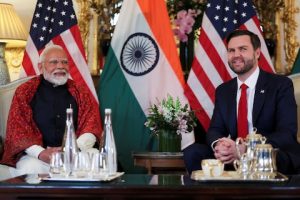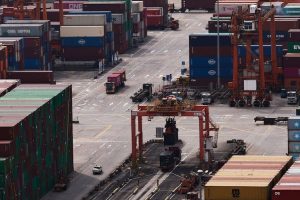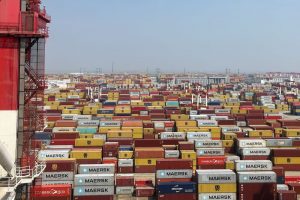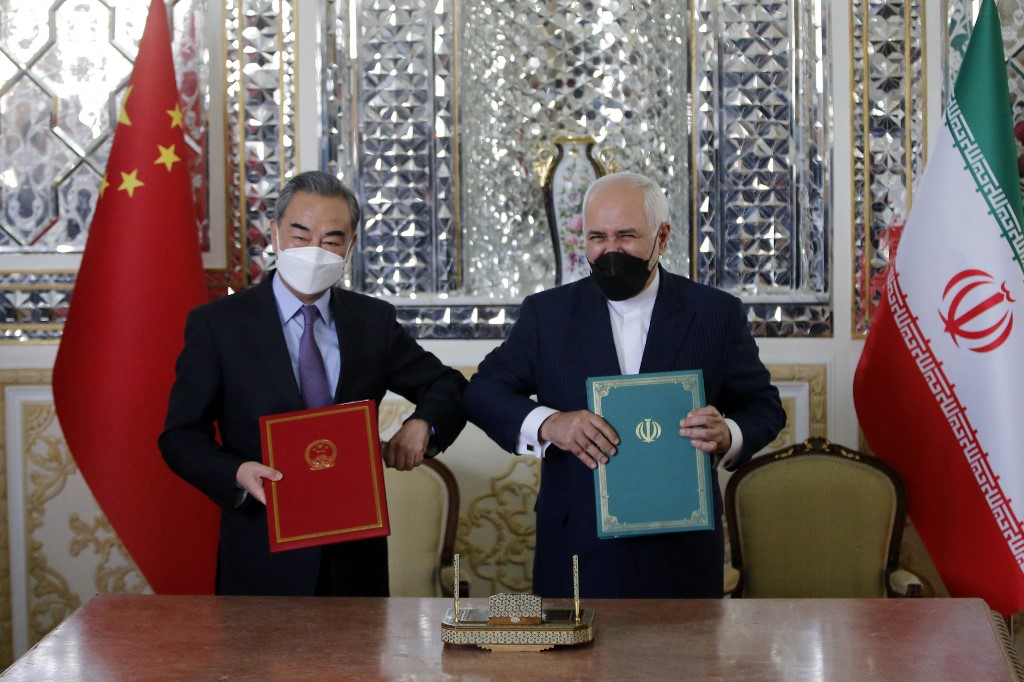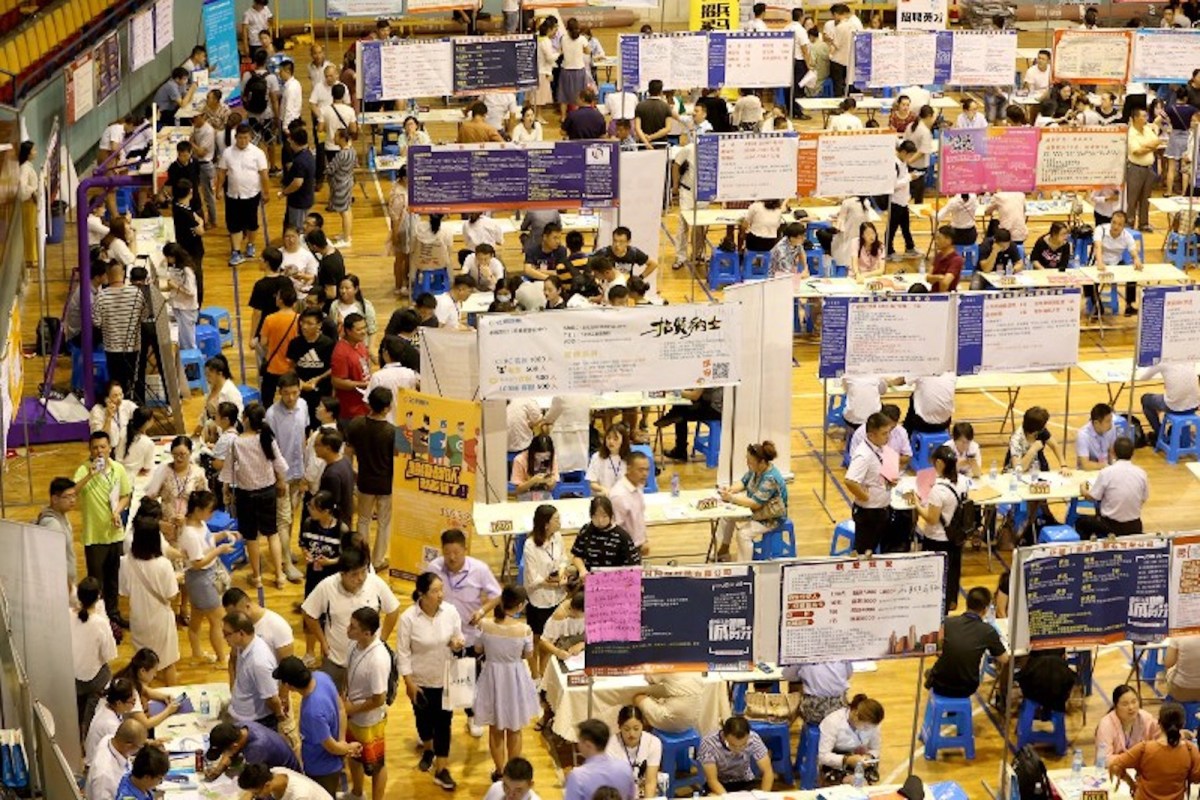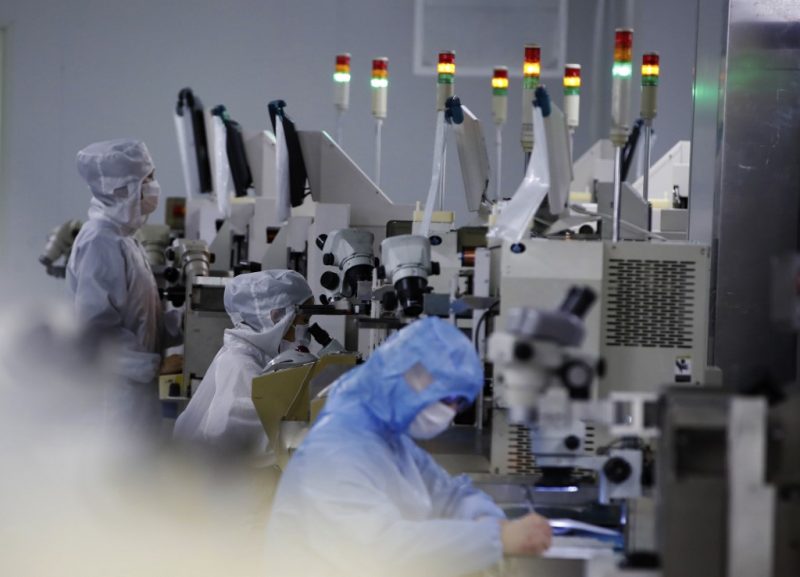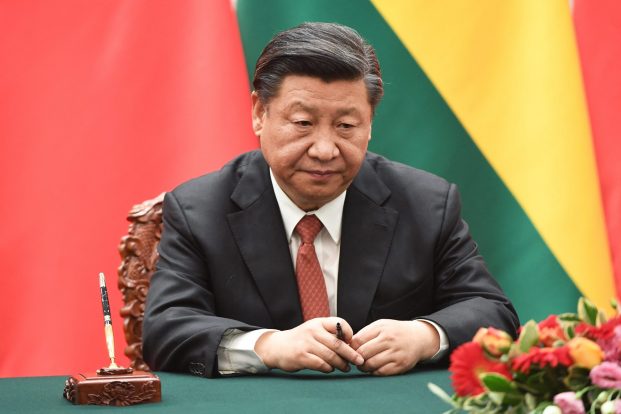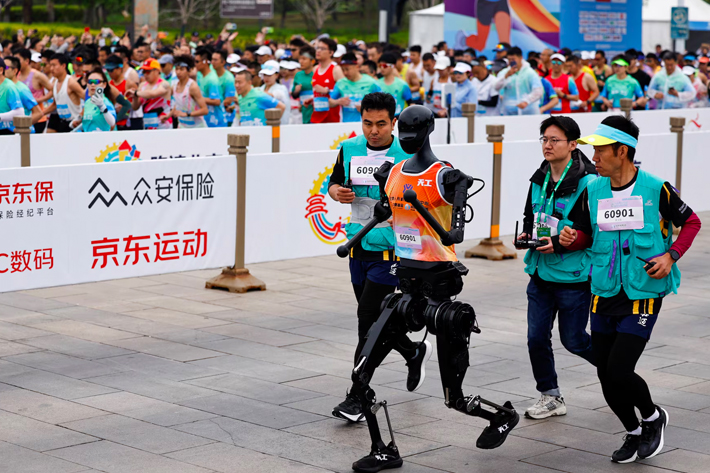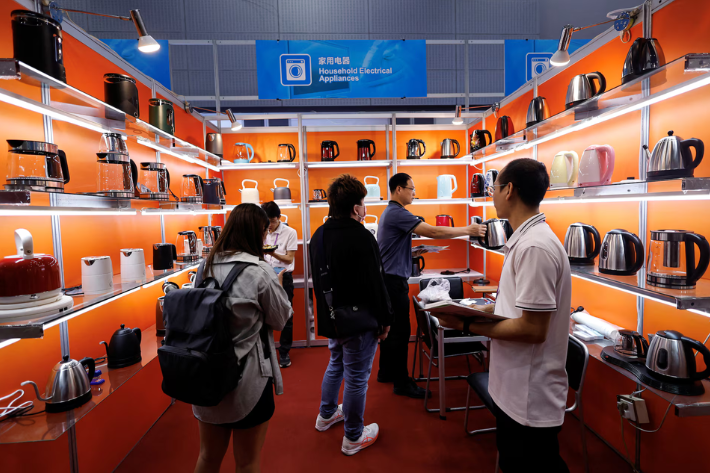Large Russian banks have set up a payments system for transactions with China that aims to shield corporations from regulators in the West.
Banking sources who spoke to Reuters say the net payments system known as ‘The China Track’ was designed to reduce the risk of secondary sanctions.
Russian trade with China hit a record $245 billion last year despite payment problems and commissions running as high as 12%, as Chinese banks had grown too cautious to do business with Russia and jeopardise their ties with the United States.
ALSO SEE: World Faces ‘Significant Slowdown’ From US Tariffs, IMF Says
The issue had become so important that Russian President Vladimir Putin and China’s President Xi Jinping discussed it during Putin’s visit to China in May 2024, which was aimed at cementing the two countries’ ‘no limits’ partnership.
Xi is set to take part in Russia’s Victory Day parade on May 9, but his visit is now taking place amid China’s trade war with the United States, making the booming trade with Russia and other non-Western nations more important.
“I do not rule out that the Chinese partners will no longer be afraid of secondary sanctions,” Alexander Shokhin, head of the powerful RSPP business lobby group, who takes part in trade negotiations with China, said.
The new system has been set up by major sanctioned banks and involves a web of intermediaries registered in countries that Russia considers friendly. The system has been in place for some time and has not suffered any major setbacks yet.
Each bank runs several verified payments agents, some of whom handle payments for exports, and some for imports. All payments are then netted centrally at the bank with all the counterparties involved receiving their money.
The banks settle trade in both directions, said market sources, who spoke on condition of anonymity due to the sensitivity of the issue.
System avoids SWIFT, Western banks
The banks provide guarantees for the settlement of payments, as well as financial instruments insuring against a possible default of a payment agent or a counterparty. The system does not use the SWIFT messaging system or accounts in Western banks.
“We had to structure financial flows through friendly jurisdictions to secure these payments from being blocked,” one market source said, stressing that netting has become the cheapest way for settling trade with China.
The sources declined to name the banks, saying they do not want to draw additional attention to their operations because of sanctions but stressed that all the banks involved rank among Russia’s top 20.
China propped up Russia economically in 2022 when the country was faced with unprecedented Western sanctions over its military action in Ukraine, providing consumer goods that replaced those offered by Western companies.
China also continued to import oil and other natural resources from Russia despite Western pressure. However, even despite the goodwill, consumer goods trade nearly halted last year due to the secondary sanctions risk.
Some bankers say that the netting system allows payments to be made directly to any Chinese bank without delay, provided that the goods are not under sanctions and the counterparty is registered in one of the selected 11 provinces of China.
Speaking in parliament in April, Russia’s central bank Governor Elvira Nabiullina acknowledged that Western sanctions complicated cross-border payments for Russian companies, but said that alternative payment channels are being developed.
Scheme linked to 11 Chinese provinces
The netting scheme is mainly designed for large corporations. The sources said it has some disadvantages, including the requirement to authorise every single payment and problems with value-added tax (VAT) refunds.
“The scheme allows direct work with 11 Chinese provinces, which produce most of the goods that are being exported to Russia. The cost is calculated based on the official exchange rate, with no spread on top,” one banker said.
The minimum cost of the “China Track” service, including commissions and exchange rate differences, is about 1% for imports and 0.5% for exports, compared with 2-4% outside the system and up to 12% at the height of the problem last year.
“Today 100% of all the money is being transferred without a glitch, we have not had a single case where the money comes back. The money is normally delivered within two days,” another banker involved in the system’s operations said.
The banker added that currently there is only one clearing session a week each Thursday, but the plan is to hold two sessions from the end of April, possibly extending the number of trading sessions further as demand remains strong.
- Reuters with additional editing by Jim Pollard
ALSO SEE:
New US Sanctions ‘Will Cut Russian Oil Shipped to China, India’
China, Russia Looking at Barter Trade to Avoid Bank Scrutiny
US ‘Looking Closely’ at China Banks Over War Aid to Russia
US Warns China of Sanctions: ‘Helping Russia Threatens Europe’
China Providing 90% of Chips Used in Russia, Despite Sanctions
Chinese, Russian Firms Agree Multiple Deals as Ties Deepen
Chinese Loans to Russia Quadruple Since Ukraine War – FT
20 China Firms Among 300 Sanctioned by US Over Russian War
US May Sanction Chinese Banks Helping Russian War — WSJ
China-Russia Trade ‘Goes Underground’ as Big Banks Pull Back
China-Russia Trade Booms as War Forces Moscow to Look East






